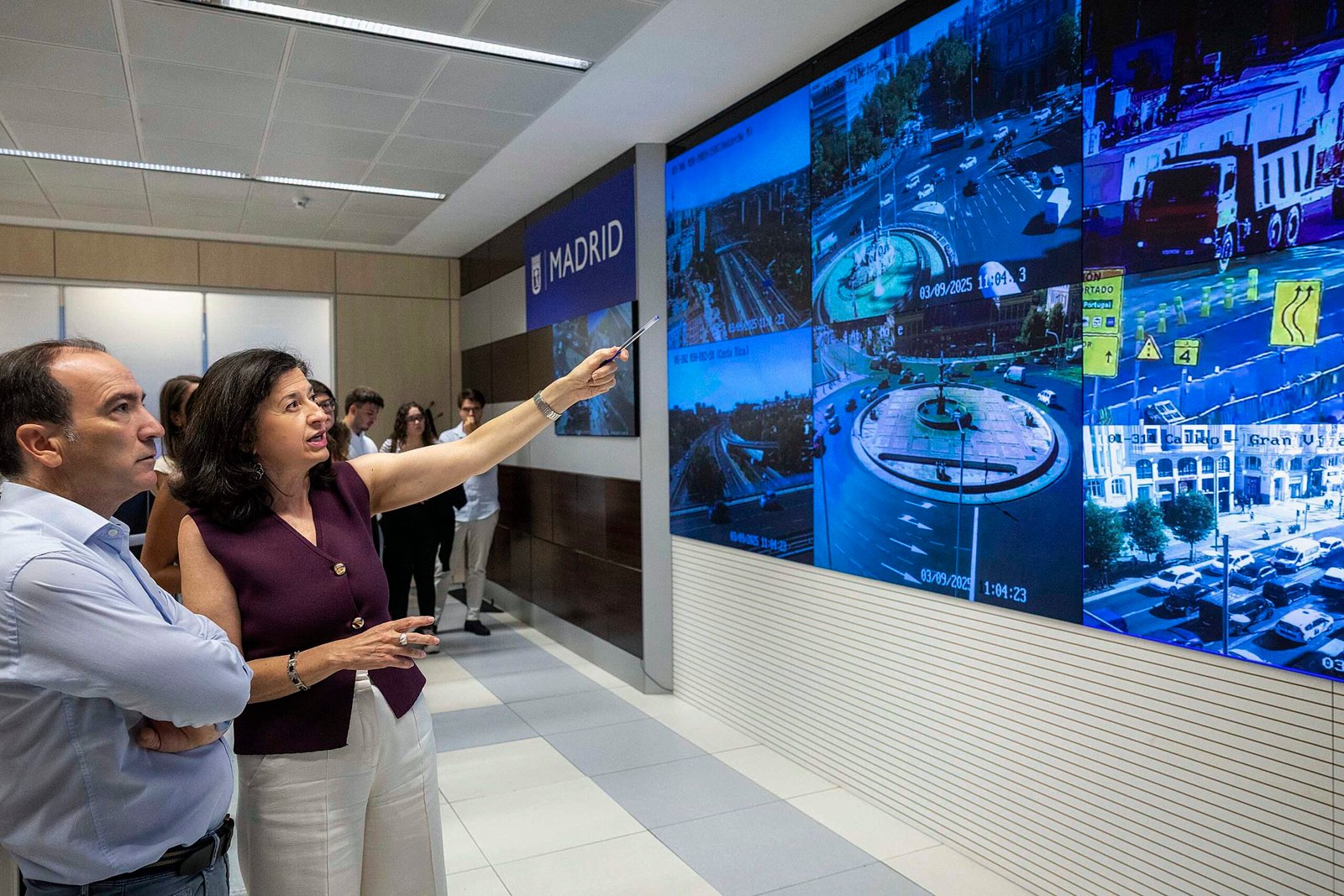The City Council of Madrid has unanimously approved the Special Green Roof Plan for unused rooftops to transform into vegetated roofs repurposed as communal living spaces. The initiative, led by the Department of Urbanism, Environment, and Mobility, under the direction of Borja Carabante, aims to increase this green infrastructure to mitigate the impact of high temperatures, promote healthier and more sustainable environments, and ultimately enhance the quality of life for Madrid’s residents.
Green roofs are becoming more prevalent in major cities as a cohabitation measure that promotes environmental sustainability by improving thermal comfort, bioclimatic conditions, and urban environmental quality. In the capital, out of 124,574 buildings, only 100 (0.08%) have vegetated roofs, covering an area exceeding 100,000 square meters (equivalent to ten soccer fields).
During the public consultation period for the Green Roof Plan (hereinafter PAV), six appeals were submitted, with five partially approved, from the municipal groups Más Madrid and Socialist, Ecologists in Action, and the Association of Green Infrastructure Management Companies (Aseja). Noteworthy among these is the introduction of new support lines for the implementation of green roofs, which will serve as an additional incentive alongside the urban planning incentives provided in the PAV.
“With these incentives, we aim for green roofs to spread throughout the city like an oil spill,” stated Carabante, expressing gratitude to the other political parties for their votes in favor of advancing the special plan.
Benefits for Property Owners
The PAV offers significant benefits at both an individual and collective level, but the transformation of existing building surfaces into green roofs requires the collaboration of property owners. To incentivize this, urban advantages have been established. Chief among them is the construction of penthouses on the rooftop through direct licensing without the need for a detailed study, except in the case of single-family homes or buildings that are out of compliance due to excess height.
With the PAV, tenants or users of a building with green roofs will gain new shared spaces, such as installation rooms, storage areas, and other communal zones, that would otherwise be lacking in current conditions.
New Penthouses for Buildings
The current urban planning regulations allow for penthouse construction through direct licensing in authorized areas, or through a detailed study in non-authorized areas. With the PAV, this process is streamlined and expedited if a vegetated roof is installed.
The penthouses can be used for purposes permitted by the zoning regulations or specific ordinances, always staying within the maximum building capacity set for the plot. In this regard, if green roofs are installed, the City Council permits the construction of different spaces without counting towards the building capacity in the following manner:
– In buildings designated for collective services, bike rooms can be constructed, along with the provision of penthouse storage, archives, bathrooms, changing rooms, laundry rooms, cleaning areas, and other auxiliary facilities without continuous occupancy.
– In buildings of other uses, except for single-family homes, the construction of bike rooms is allowed.
If a penthouse is not built on the rooftop, and the roof is entirely dedicated to a vegetated cover, the aforementioned spaces can be accommodated in other sections of the building that are open or unused on the ground floor, below the ground floor, or under the roof.
The City Council has established a priority order for the implementation of green infrastructure. The first priority is the installation of vegetative shading and landscaping at ground level. If this is not feasible or is insufficient, green roofs or green facades may be considered.
A Collective Improvement
The increase in green roofs in the city provides a range of benefits and ecosystem services, contributing to improving health, environmental quality, the economy, and quality of life in various areas. On one hand, it enhances the thermal performance of buildings by reducing heating and cooling expenses and lowering indirect CO2 emissions, thus reducing the carbon footprint.
Improving thermal comfort on roofs helps mitigate the urban heat island effect by promoting evaporation and humidification of dry air, enhancing the climate and increasing well-being. Through water evaporation, photosynthesis, and heat storage capabilities, plants extract heat from their surroundings, reducing ambient temperatures. Additionally, they absorb and reflect sunlight, creating a cooler climate.
Another positive aspect is that their installation enhances rainwater management efficiency. Green roofs absorb rainwater through various layers, including plants, substrate, and drainage membranes. They assist in preventing potential floods by reducing the flow into the sewer system and serve as reservoirs for rainwater accumulation. Through various cistern technologies, this water can be reused for irrigating the same roof or other garden areas on the property.
Vegetation also reduces air pollution by filtering particles and capturing greenhouse gases, while increasing urban biodiversity.
Furthermore, increasing the roof’s mass through substrate thickness enhances sound absorption, with vegetation acting as a noise attenuator. Additionally, thermal insulation is improved through the placement of a vegetated soil layer, geotextile, drainage system, and waterproofing, resulting in cooler spaces under the roof and reduced heat loss.



